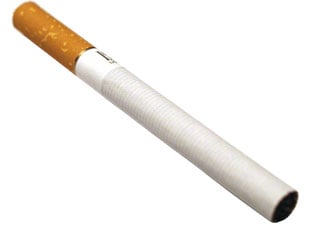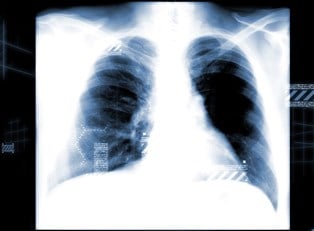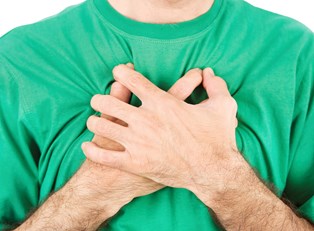What is Emphysema?
Emphysema is a chronic respiratory disease that involves damage to the tissues of the lungs. The progressive damage to the lung tissues results in shortness of breath with the severity of the shortness of breath being related to the progress of the disease. To fully understand the emphysema information available it is important to realize that emphysema is part of a larger family of diseases known as Chronic Obstructive Pulmonary Disease (COPD). Most forms of COPD, including emphysema, are caused by smoking and air pollution. The aging process can also result in emphysema as the body stops building lung tissue. There is also some evidence for genetic predisposition for COPD, but chemical damage to the lung tissue from smoking and pollution remain the primary causative factor.
Understanding Emphysema
The body of a lung is composed of millions of structures called alveoli. Alveoli resemble small sacs with walls only one cell thick. During inhalation these sacs fill with air and the body exchanges oxygen across the thin walls of the structures. When a person exhales the sacs release the air along with carbon dioxide from the blood. Emphysema results in damage to the supporting tissues in the alveoli which causes them to partially collapse during exhalation. As a result, the small passages are blocked or obstructed by the partially collapsed tissue which is why emphysema is grouped as a form of COPD. The obstructed passages cause air to be trapped in the alveoli and prevent a normal exchange of air. Shortness of breath results because the lungs can't properly rid themselves of carbon dioxide during exhalation and the trapped air in the alveoli prevents an adequate amount of fresh air from entering the alveoli. This is the most important emphysema information related to understanding the disease. Shortness of breath, rapid breathing, hyperventilation, cyanosis (a bluish tinge to the skin), and dizziness are symptoms of this poor oxygenation. Initially these symptoms will only occur during periods of exertion. However, as the disease progresses these periods of poor oxygenation will become more frequent and not isolated to episodes of physical activity.
Emphysema Information
Emphysema information would be incomplete without a discussion of COPD. As discussed above, emphysema is the result of obstructed alveoli in the lungs. Simply put COPD means a person cannot exhale all the air they have breathed in and the trapped air prevents them from inhaling enough air. Over time the body attempts to compensate for the damaged lung tissue by increasing the size of the chest cavity resulting in what is termed a barrel chest. This occurs as a result of the person using chest muscles normally not associated with breathing to assist in their respiration. Over time this phenomenon results in a larger chest with a cylindrical or barrel appearance. In time the body cannot compensate for the oxygen deprivation caused by any form of COPD and the person may have to rely on supplemental oxygen. Using medically supplied oxygen saturates air inhaled by the patient so that the air has more oxygen per inhalation to allow the person to receive adequate oxygen despite the decreased volume of the lung spaces. Smoking cessation, the use of filtered masks, and limiting the amount of time spent out of doors during periods of high air pollution can help mitigate the disease. Unfortunately, there is no cure and people living with the disease must concentrate on management of their symptoms. Accessing current emphysema information is one effective method of disease management. Understanding the disease process and the treatment option available is a key part of preserving quality of life when living with any chronic illness.



